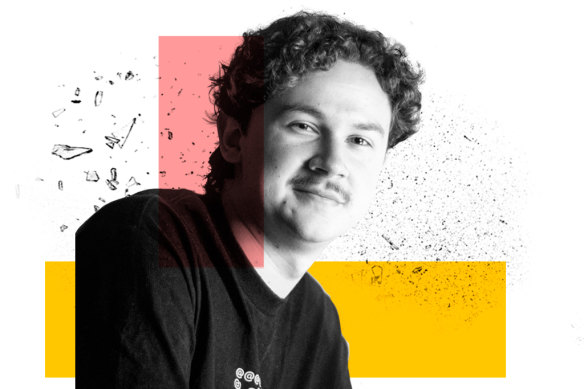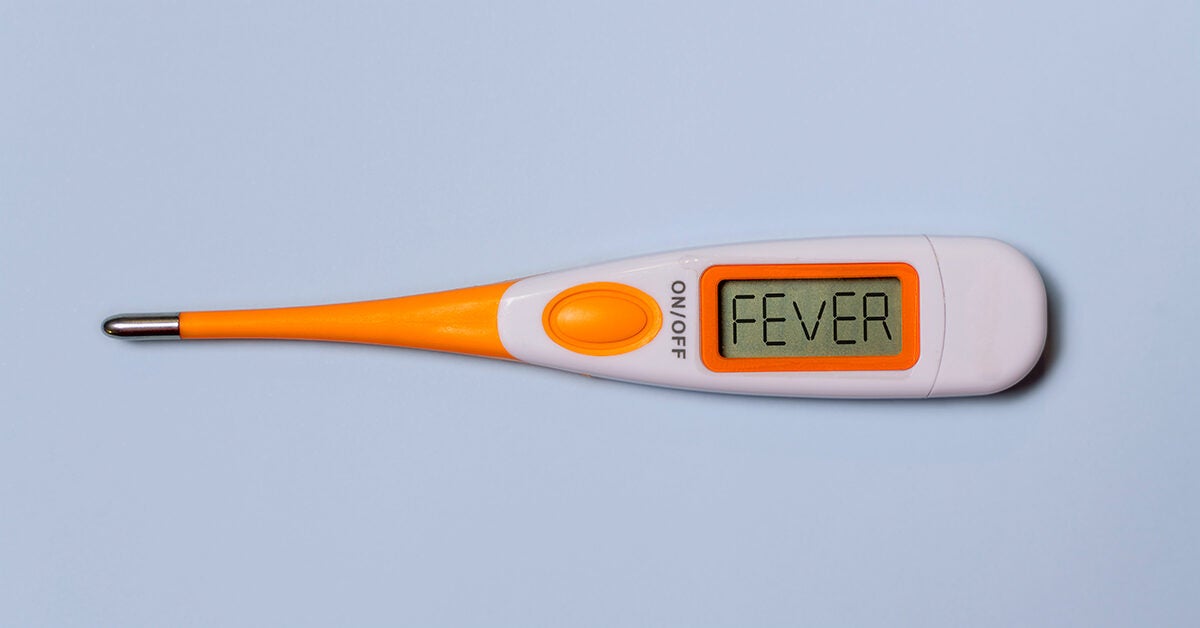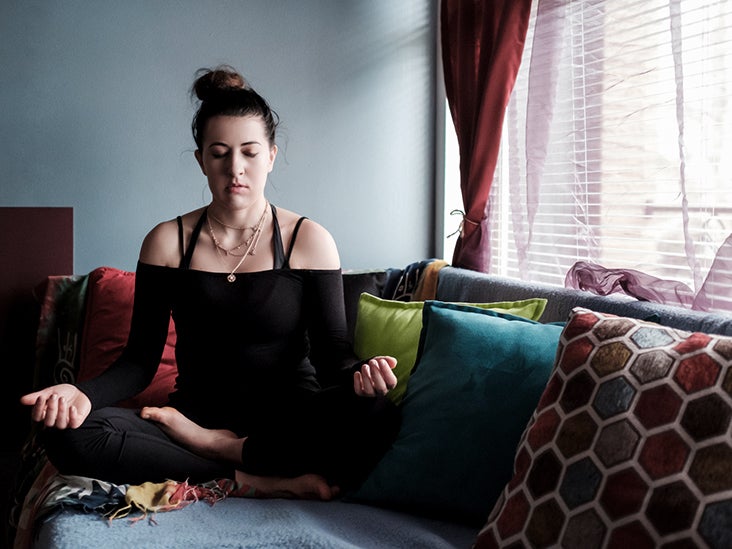
Exercises for anxiety relief may help a person manage certain anxiety symptoms, such as muscle tension, increased heart rate, and rapid breathing. Breathing exercises help foster deep, even breaths that promote diaphragmatic breathing. These exercises may reduce anxiety and help a person relax by restoring a typical breathing pattern.
Anxiety disorders are among the most common mental health problems in the United States, affecting about 40 million individuals. Although doctors can successfully treat these conditions, only 4 in 10 people with anxiety seek treatment.
Anxiety can
This article looks at anxiety reduction exercises and how they may help individuals cope.
People can use various relaxation and breathing exercises to help reduce feelings of anxiety.
During an anxiety attack, the body incorrectly thinks it is in danger and
Anxiety exercises can help reduce the symptoms of a panic attack or generalized anxiety. For example, slow breathing techniques can
Individuals can use the following anxiety exercises to reduce feelings of stress, anxiety, and panic.
1. Alternate nostril breathing
Alternate nostril breathing, known as Nadi Shodhana, is a yoga breathing technique that
An individual blocks off one nostril while breathing through the other, then switches to exhale through the other nostril.
- In a seated position, place the left hand on the left knee.
- Inhale and exhale to begin.
- Lift the right hand toward the nose.
- Bend the point and middle fingers to the palm, leaving the thumb, ring finger, and little finger extended.
- Using the thumb of the right hand, close the right nostril.
- Inhale through the left nostril.
- Close the left nostril with the ring finger.
- Release the right nostril and exhale.
- Inhale through your right nostril.
- Close off the right nostril with the thumb.
- Release the left nostril and exhale.
Perform the breathing exercise in rounds of 10.
People should return to breathing normally if they begin to feel lightheaded.
2. Pursed lip breathing
Pursed lip breathing helps an individual breathe slowly, deeply, and more intentionally. It is a simple breathing technique that helps make deep breaths slower and more intentional.
People living with lung conditions such as emphysema and chronic obstructive pulmonary disease (COPD) use this technique to control shortness of breath and ease anxiety.
- Sit on a chair or the floor in a comfortable position.
- Keep the neck and shoulders relaxed.
- With the mouth closed and lips relaxed, inhale slowly through the nostrils for 2 seconds.
- Pucker the lips as if giving a kiss and exhale through the mouth slowly and steadily.
3. Resonance frequency breathing
Also called coherent breathing, this technique can help reduce anxiety and allow a person to enter a more relaxed state.
- While lying down with the eyes closed, breathe in through the nose with the mouth closed for a count of six. The lungs should not be too full.
- Exhale slowly and gently for a count of six without forcing the breath.
- Continue as necessary for up to 10 minutes.
- Following the exercise, the individual should remain still and focus on how the body feels for a couple of minutes.
Although resonance frequency breathing rate varies among individuals, the typical range is 4.5 to 7 breaths per minute.
Simple breathing exercise
Individuals can use this simple breathing exercise while standing, sitting, or lying down. However, people should also consider adding it to their daily routine to get the most benefit.
- Loosen any clothing that could restrict breathing and choose a comfortable position.
- If lying down, place the arms slightly away from the sides with the palms facing up. Position the legs comfortably. If sitting or standing, place the feet flat on the ground, hip-width apart.
- Breathe in gently through the nose for a count of up to five, allowing the breath to flow deeply into the belly without force.
- Then, without pausing or holding the breath, breathe out through the mouth for a count of up to five.
- Continue the exercise for 3–5 minutes.
Progressive muscle relaxation
A
- Lie on the back and stretch out comfortably.
- Breathe in and tense the first muscle group for up to 10 seconds.
- Breathe out and quickly relax the muscle group.
- Relax for up to 20 seconds before repeating the process on the next muscle group.
- When complete, count backward from 5 to 1 and focus on the present.
Doctors typically
Psychotherapy
People living with anxiety disorders may benefit from supportive talks and education about the condition. In addition, doctors may recommend cognitive behavioral therapy (CBT) because numerous studies show that it is an effective treatment option for anxiety disorders. CBT aims to reduce anxiety symptoms by identifying and changing how the individual thinks and behaves.
Medications
Doctors often first recommend selective serotonin reuptake inhibitors (SSRIs) and serotonin-norepinephrine reuptake inhibitors (SNRIs). However, individuals must understand that these antidepressant medications may take several weeks to produce positive changes. Additionally, these medications can cause adverse effects, such as increased anxiety symptoms and jitteriness, particularly when a person first starts taking them.
Other medication options include:
- pregabalin
- tricyclic antidepressants
- benzodiazepines
Learn more about treatments for anxiety.
Natural herbs and alternate medications may also work for some people. Learn about these therapies.
Although most people feel anxiety and worry from time to time, it is important to talk with a doctor if anxiety is affecting daily life or causing distress.
A person may have generalized anxiety disorder (GAD) if they worry uncontrollably, anxiety significantly affects their job and social life, and they have worried almost daily for at least 6 months.
A doctor can confirm this diagnosis and rule out other conditions that could cause anxiety symptoms, including anemia or an overactive thyroid gland.
Anxiety is a common mental health issue that doctors typically treat using medication and psychotherapy.
Anxiety exercises are another technique that can help an individual manage certain anxiety symptoms, such as rapid breathing, racing heart rate, and tense muscles.
Breathing and muscle relaxation exercises encourage an individual to focus on breathing deeply and relieving tension in the body. This can help them relax and allow them to manage their anxiety.
Readmore : How to Deal With Anxiety Attacks
Source: www.medicalnewstoday.com

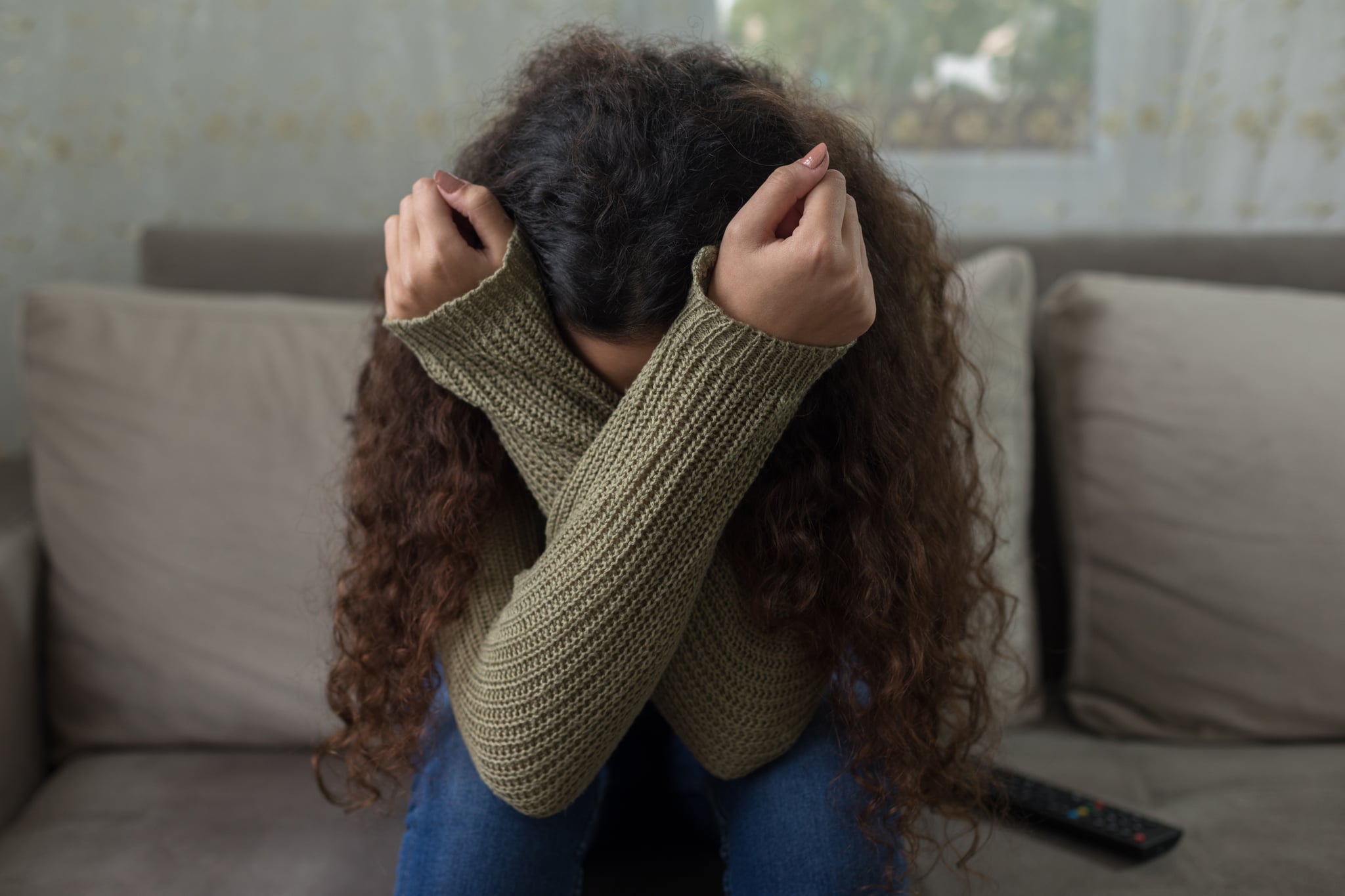


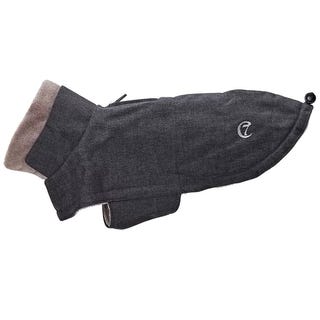




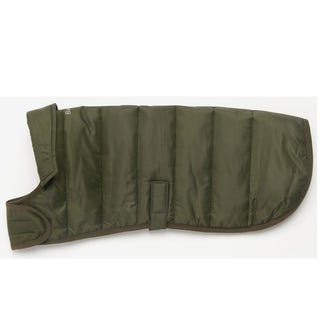


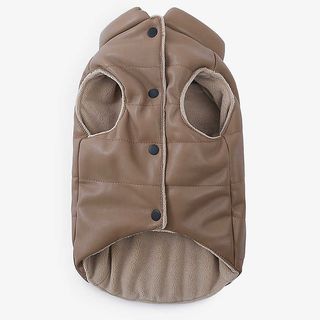
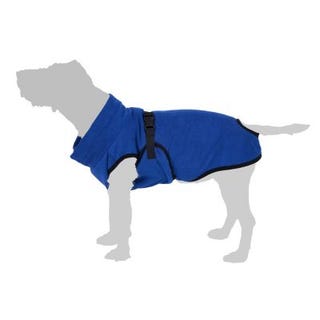
/GettyImages-9367495521-45d7c5b19e20458f984d31e5aa1c8198.jpg)




